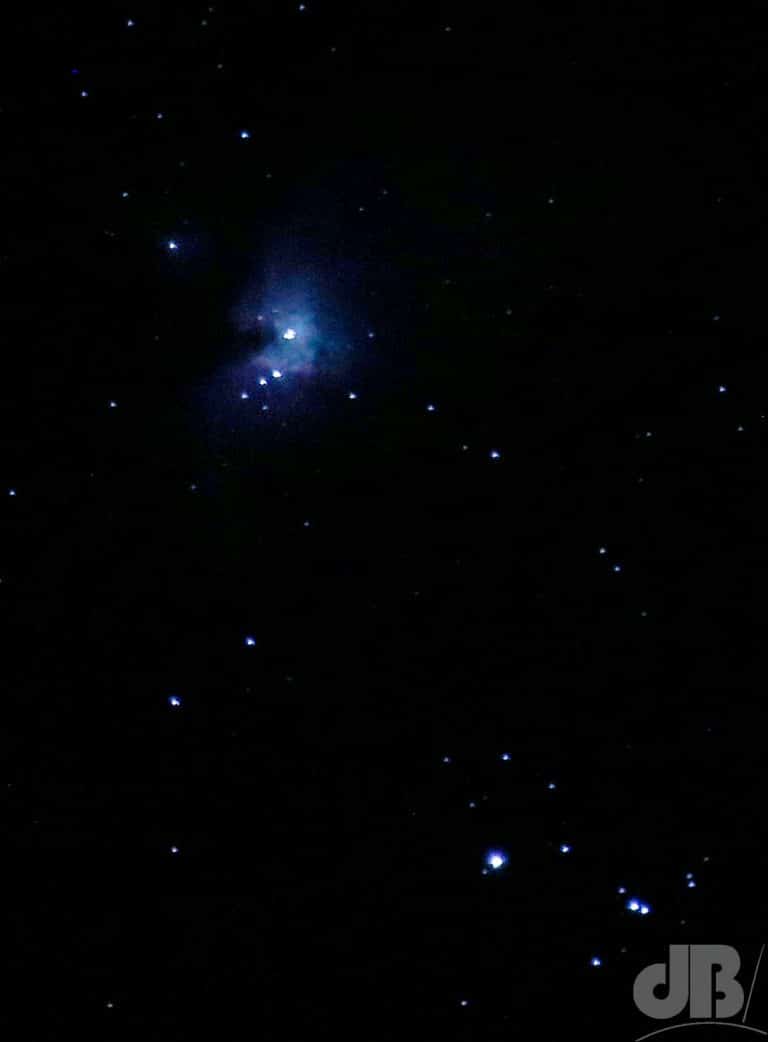We’ve all seen those amazing shots of the Milky Way with some stunning vista, an enormous bridge, mountains, a rainforest…well, there’s not a lot of that around here but I fancied shooting the stars.
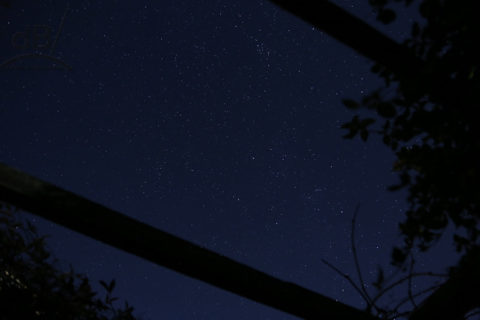
Basic things: you need a tripod, a remote shutter control or the ability to set a shutter release timer, and a fully manual camera with manual focus. It’s best to dial in the settings indoors before you step out into a chilly November night. Also, it’s best to choose a moon-free night and to be somewhere with low light pollution. Easier said than done, of course.
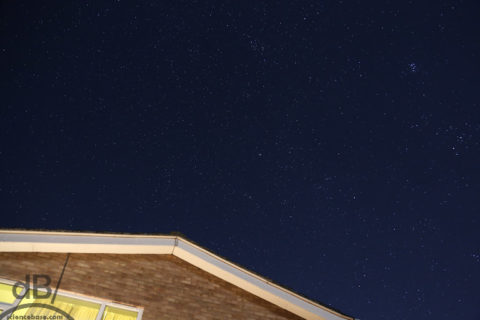
Anyway, set the white balance on the camera to tungsten for best results. Choose an ISO of about 1600 and an f-stop (aperture) as low as it will go (bigger aperture in other words). With my 24-105mm on my Canon 6D I could stop it down to f/4.
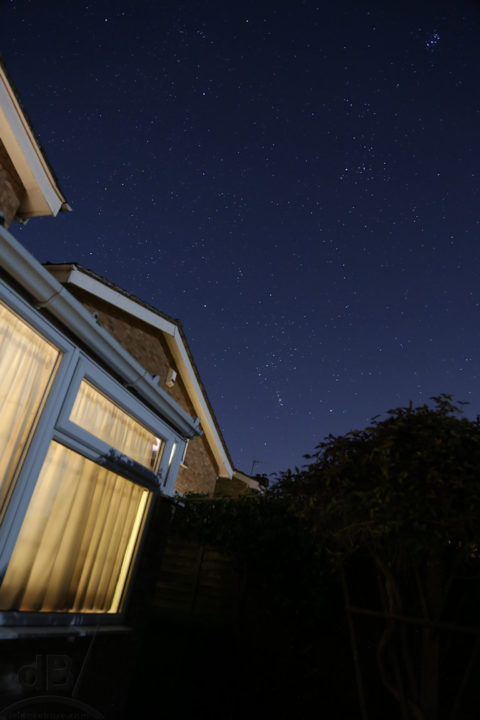
Now, here’s the science bit. Because you’re going to need a long exposure, several seconds to get a good exposure, the earth will have rotated a little bit during the exposure and the stars will look like short light trails. Now, you could make this a feature of your photo. Aim at the pole star and set a really long exposure and you will get those fancy circular trails. But if you want nice starry pinpoints, you need to use a rule of thumb to avoid light trails. The rule of thumb is to divide 500 by the focal length you’re using and that’s the maximum number of seconds you can expose before star trails will become apparent. I was planning to shoot at 24 mm focal length, so 20 seconds or less would be about right (as it turned out 15 seconds was best with the f-stop and ISO I’d set.
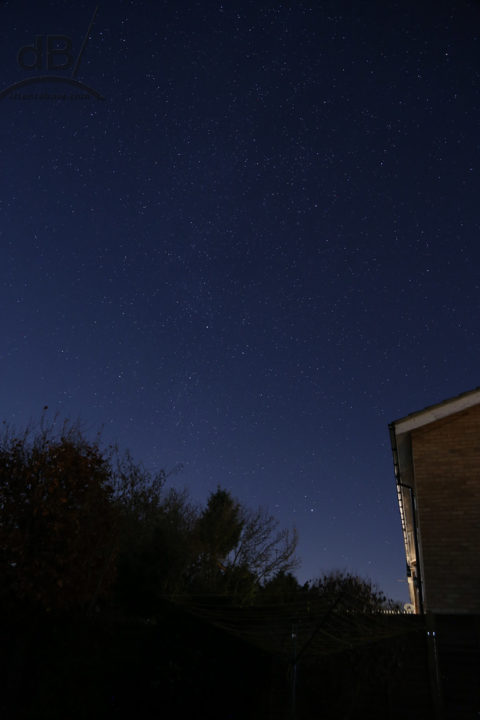
Set your camera up on the tripod, align it with a patch of sky you wish to photograph and manually focus to get the stars looking as sharp as you can (You might have to zoom in and focus unless there’s a particularly bright star in your patch of sky and then zoom out again without changing the focus). Set the camera to timer mode (10s works best rather than 2s, to let the camera settle after pressing the shutter release) or use a shutter cable or wireless remote.
Post-processing can boost a photo. Here’s one I took at the local church with a heavenly backdrop that reveals more of the stars
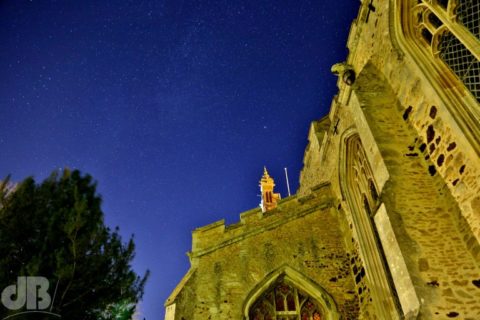
And, this one is a shot of the Orion Nebula.
